The beginning…
The first known sketch of vertical farms, from Rem Koolhaas in 1909 was presented in his book Delirious New York. In it he talked about the skyscraper “as Utopian device for the production of unlimited numbers of virgin sites on a metropolitan location.” Shortly afterward (1915), G.E. Bailey coined the phrase “vertical farming” and published a book of the same name.
But why is vertical farming getting the importance?
The most important factor in the question of farming and increased vertical farming is world population growth, which is expected to grow from 7 billion people in 2011 to 9 billion in 2045; and whereby 54% of people live in cities today, the UN expects the number to increase to 66% by 2050. In addition: at this rate of population growth total world production of fruits and vegetables will have to rise from the current 2.4 billion tons in 2011 to 3.1 billion tons in 2045 – so the question, understandably, is this: Where will all this food come from?
Rem Koolhaas: Sketch of vertical farm (1909) | Gilbert Ellis: Vertical farming Book (1915)
The solution is in our hands – Vertical / Indoor farming
The Asian market is already increasingly inclined to such technologies, with other continents slowly “embarking on this train”. Indoor agriculture is quickly gaining momentum in the United States, too. But why Asia?1) Asia represents one of the largest groups of consumers of food in the world – and this combined with a lack of production potential and conditions for raising vegetables.
1) The Asian market is considered to include China, Hong Kong, Japan, Mongolia, Singapore, South Korea, Taiwan, Vietnam. In so-called PE "Indoor" education, China, Japan and Taiwan dominate.
Types of indoor plant production
There are many different methods and technologies related to indoor plant cultivation. According to Japan Greenhouse Horticulture Association data (2011, Newbean Capital) these can be divided as follows:
- Hydroponic Greenhouses: based on like-soil or other growing media, grown in one level (earth); translucent roofs allow some penetration of daylight/sunshine, with the help of additional lighting during darker days. This production has already reached approx. 54k ha.
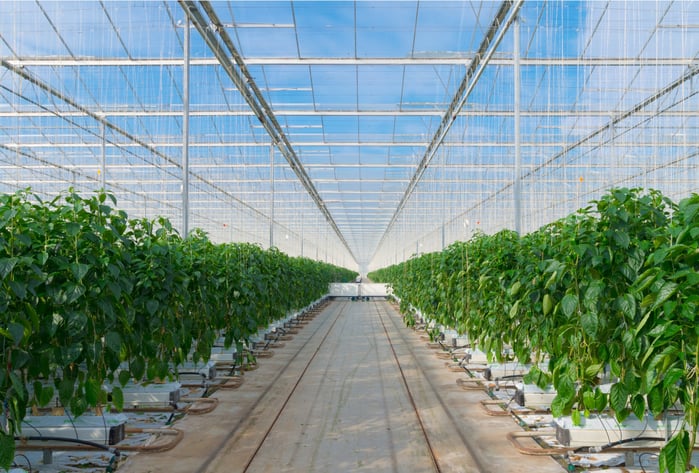
- Industrial, commercial or warehouse farms (Plant Factories): constructed or retrofitted and equipped with hydroponic, aeroponic or aquaponic equipment. Plants grow vertically, on shelves, in order to achieve economies of scale. Artificial lighting is used at all times.
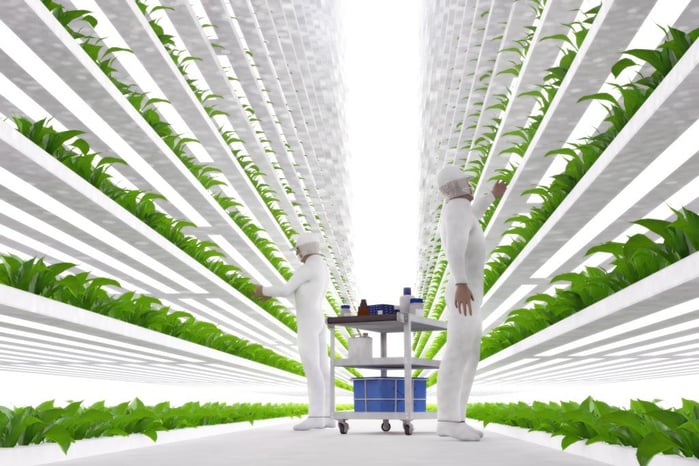
- Standardized, self-cycle units (Container Farms): These are standardized, self-contained growing units that employ vertical farming and artificial lighting. In contrast to custom-designed warehouses, container farms strive for standardization.
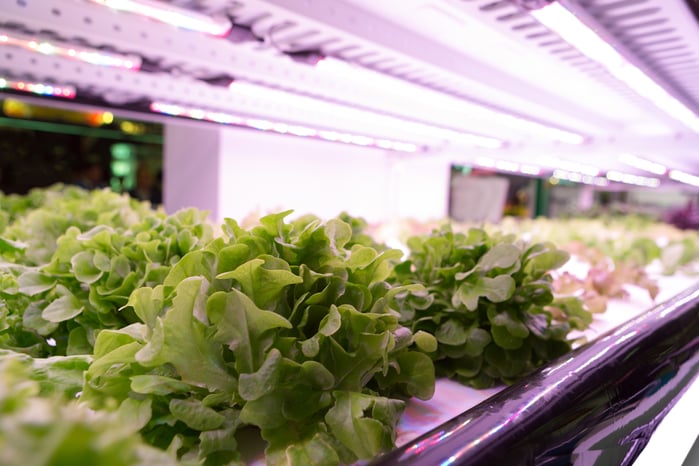
- In-home systems: small, standardized growing units intended for consumers in home settings, whether as part of a refrigerator in the kitchen or as separate units elsewhere in the home.
And what characteristics of indoor plant cultivation are driving the increase of such worldwide?
(1) Controlled environment - controlled humidity, temperature, intake of nutrients and pesticides. Plants are also protected from the external environment, from constantly increasing pollution levels and various cases of food poisoning.
(2) Artificial light – constant light, not dependent on weather conditions and day-night cycle; LED lighting is increasingly used for such purposes.
(3) Small footprint - less water, nutrients and pesticides used than for traditional open field agriculture.
(4) Automation, robotics - with the use of advanced information and analytics, such technology is becoming increasingly common, thus also minimizing the input of resources.
Key benefits of vertical farming
(1) City-forming functions
Due to the fact that vetical / urban farms need some regular supervision and additional work and serve as a source of income to some beneficiaries, we can see one of the functions of such as city-forming.
(2) Aesthetics
Open-space vertical farming can also have certain aesthetic value, as different types of plants can create particularly nice working areas or can turn a big grey façade into a scenic green wall.
(3) Sociological benefit
As vertical farming creates a unique sustainable environment, people feel comfortable living and working in same or simply walking by. One advantage is health, as the plants absorb a lot of harmful compounds and CO2 and transform them into O2, so the air is cleaner, in both open or covered areas.
(4) Economic impact
- More yield in a small space: due to the fact that controlled environments don’t experience seasons, plants can be grown all year long (can have more cycles). Further, growing vertically means higher yields per hectare.
- Lower energy costs: High efficiency LED lighting technology ensures minimum power usage for maximum plant growth. As sunlight is not required, energy required for climate control is also reduced. This enables the use of high thermal efficiency (insulated) buildings rather than greenhouses.
- Lower water consumption: Controlled environments mean the use of irrigation systems and sustainable growing media with large water capacities can control and reduce water consumption.
- Reduced transport costs: vertical farms can be set up practically anywhere, in any geographic location with suitable power and water supplies. Strategic positioning of facilities close to points of sale or in distribution hubs dramatically reduces delivery times from harvest to consumer, and also reduces the cost of refrigerated storage and transport.
The Urbanscape Green Solutions Team has a lot to offer when talking about the growing media products used in vertical / indoor farms:
Traditional rock mineral wool growing media
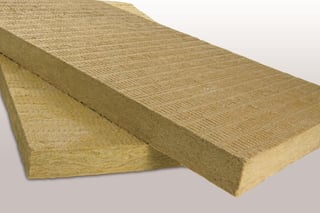
Improved innovative rock mineral wool growing media with new generation of binders
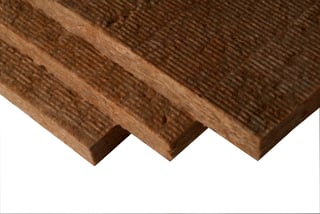
Latest innovation in industry of rock mineral wool growing media - products without any binders
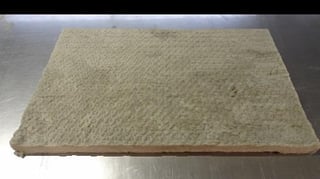
Read more about those materials and the difference between the them...
Instead of the end…
Indoor farming will probably never replace conventional outdoor farming. Instead, it will likely augment the food chain to create a diverse, wider distribution system that is more resilient to supply shocks and better prepared to meet the demands of a growing global population.
For more information check our website or download our brochure below to learn more about the products Urbanscape Green Solutions Team can offer.

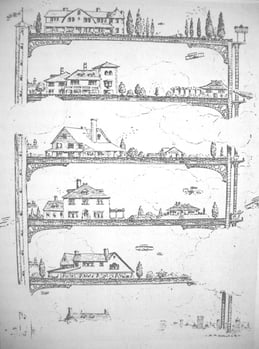
.png?width=371&name=Gilbert%20Ellis%20-%20Verical%20Farming%20(1915).png)


